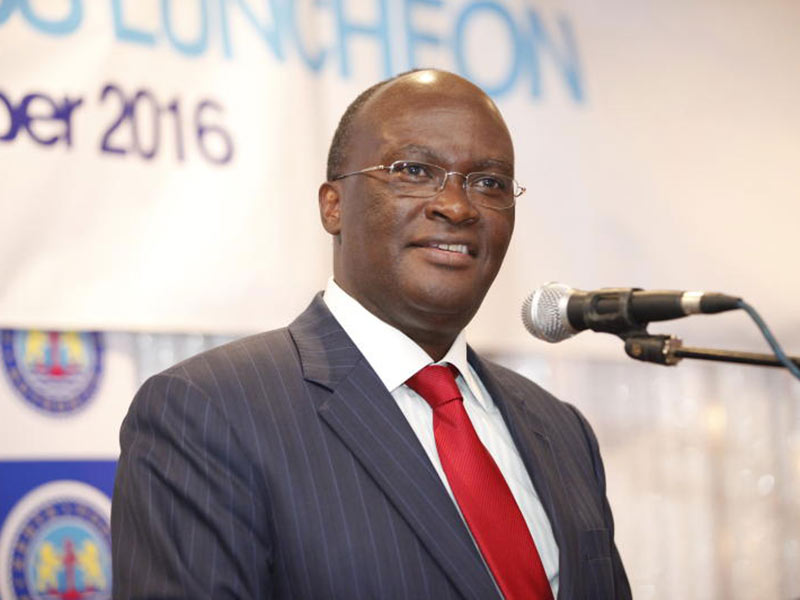×
The Standard e-Paper
Home To Bold Columnists

Nairobi, Kenya: If money is power, then James Macharia, the Cabinet Secretary for Transport and Infrastructure, is truly a powerful man.
And if money changes people, then it may have found the perfect candidate in the former managing director of NIC Bank and alumni of the University of Nairobi.